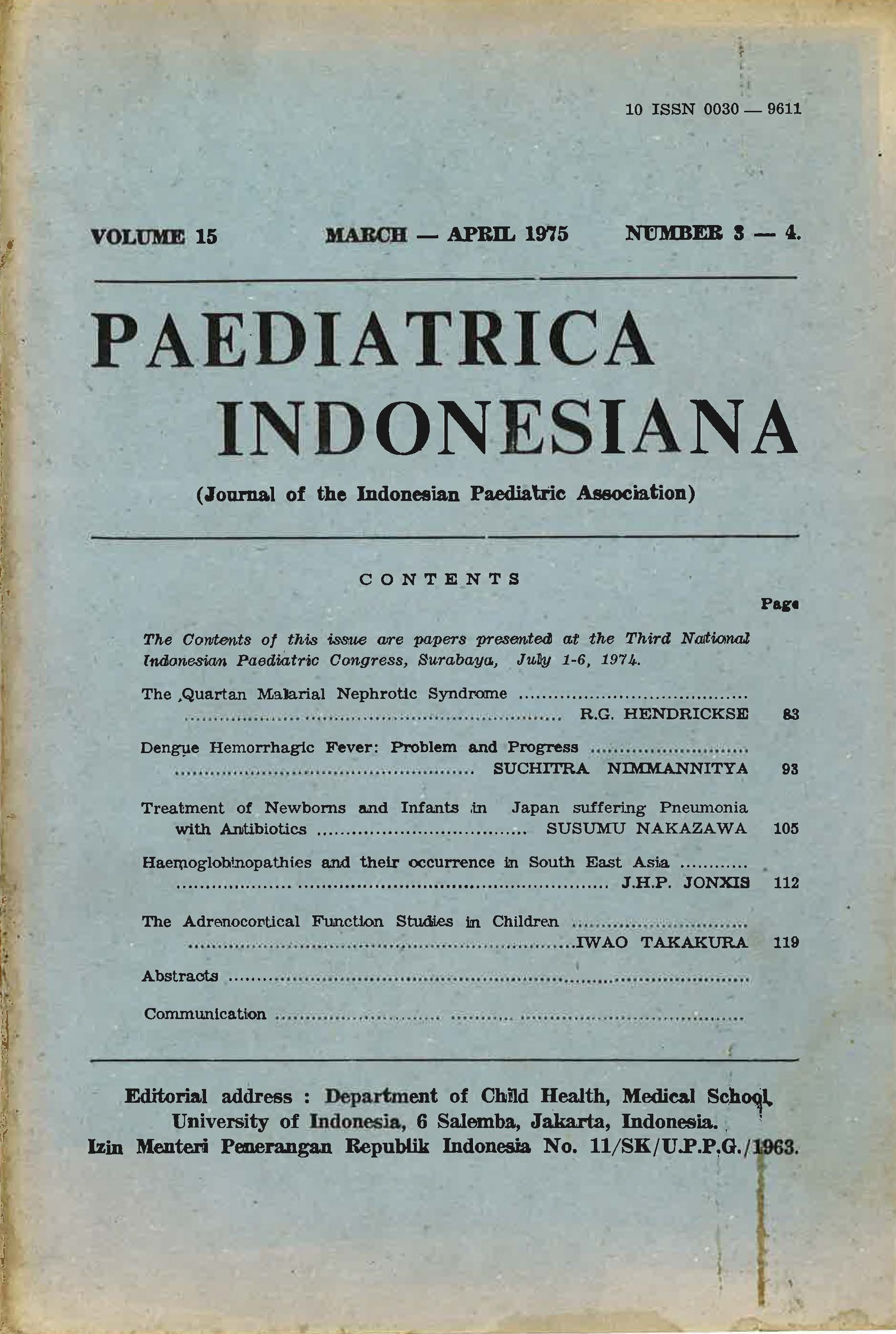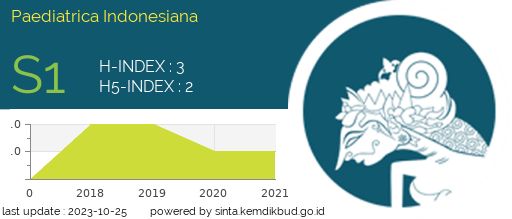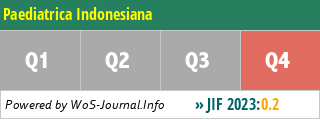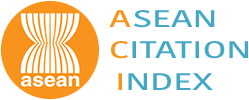Haemoglobinopathies and their occurrence in South East Asia
DOI:
https://doi.org/10.14238/pi15.3-4.1975.112-9Keywords:
Haemoglobinopathies, south east asia, heterozygocity, homozygocity, double-heterozygocity.Abstract
A great number of hereditary abnormalities in the rate of haemoglobin synthesis and in structure of haemoglobins are known at the moment. Most of these abnormalities occur only in a few families and are not very important for the health of a population. Some forms occur, however, rather frequently. In Eastern Asia both alfa and beta thalassaemia cases are rather common. The alfa thalassaemia gene seems to occur in a rather high frequency in people from Chinese extraction. The beta thalassaemia gene, too, is not rare in the population of many etnic groups in South- East Asia.The symptoms of homozygocity, heterozygocity and double-heterozygocity for the different thalassaemia genes are described. In most Asia countries genetic abnormalities, causing abnormal haemoglobins, are not as common as they are for instance in many African groups. Forms of Lepore haemoglobin, Hb E, Hb Thai, Hb O, Hb S, have been found in East Asian populations, Hb Thai being rather frequent in Thailand, Hb E in Ceylon.The different clinical pictures of heterozygocity, homozygocity and double-heterozygocity for these genetic abnormalities are described.
Downloads
Published
How to Cite
Issue
Section
License
Authors who publish with this journal agree to the following terms:
Authors retain copyright and grant the journal right of first publication with the work simultaneously licensed under a Creative Commons Attribution License that allows others to share the work with an acknowledgement of the work's authorship and initial publication in this journal.
Authors are able to enter into separate, additional contractual arrangements for the non-exclusive distribution of the journal's published version of the work (e.g., post it to an institutional repository or publish it in a book), with an acknowledgement of its initial publication in this journal.
Accepted 2017-05-24
Published 2017-05-29














